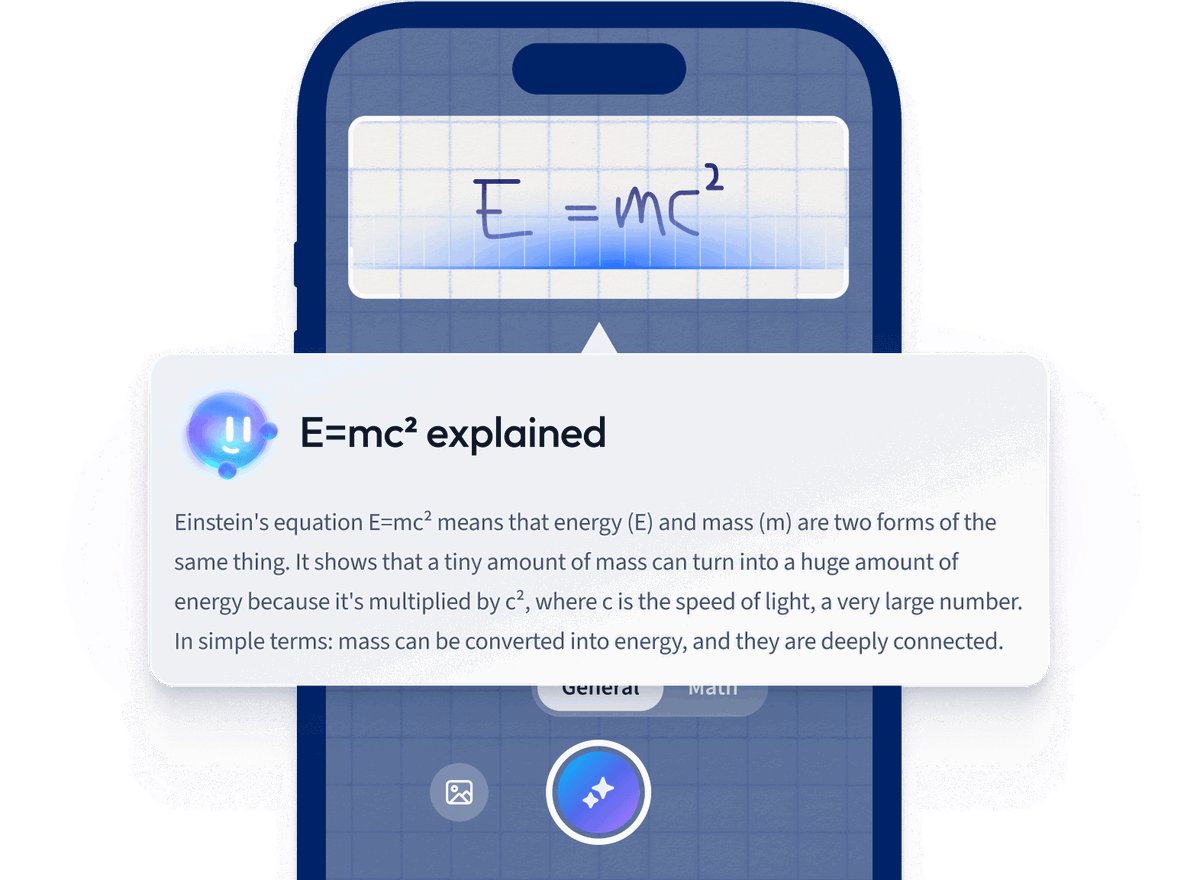What are the most common Italian modals used in storytelling?
The most common Italian modals used in storytelling are "potere" (can, to be able to), "dovere" (must, to have to), "volere" (want, to want), reflecting characters' abilities, obligations, or desires, crucial for driving narratives and expressing intentions or possibilities within the plot.
How do Italian modals change the atmosphere in a narrative?
Italian modals, like "potere" (can), "dovere" (must), and "volere" (want), adjust a narrative’s atmosphere by altering the perception of obligation, possibility, and desire, thus significantly influencing the tone, tension, and characters' intentions within a story.
How do you use Italian modals to convey uncertainty in a narrative?
To convey uncertainty in a narrative, Italian modals such as "potrebbe" (might), "dovrebbe" (should), and "sarebbe" (would) are used. They suggest possibilities or hypothetical situations rather than definite actions or outcomes, adding a layer of speculation or doubt to the narration.
Can you explain the role of Italian modals in expressing possibility and necessity in a narrative?
Italian modals such as "potere" (can/may), "dovere" (must/should), and "volere" (want to) are crucial in narrative to express possibility and necessity, infusing the story with nuances of what characters could do or must undertake, shaping their actions and decisions within the plot.
How can Italian modals enhance character development in a narrative?
Italian modals (dovere, potere, volere) add depth to character development in a narrative by indicating characters’ obligations, abilities, and desires, respectively. This nuanced expression of intention and capability helps to define personalities, motivations, and the dynamics of relationships within the story.










